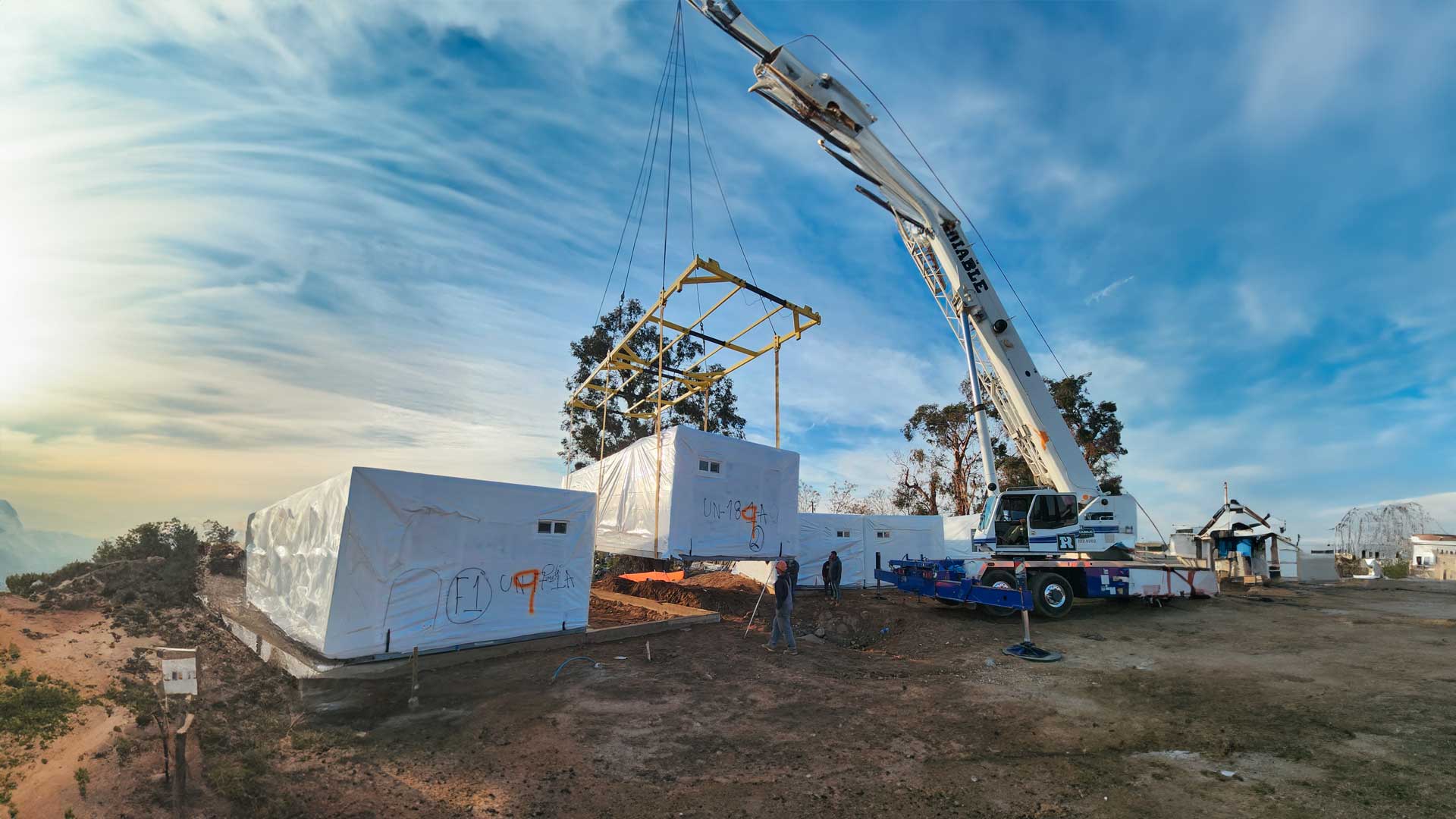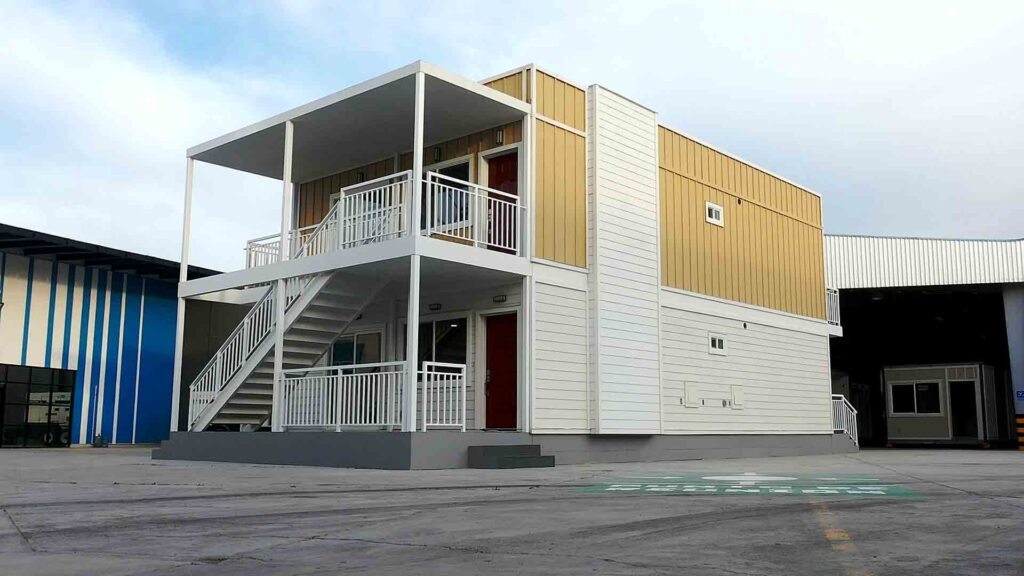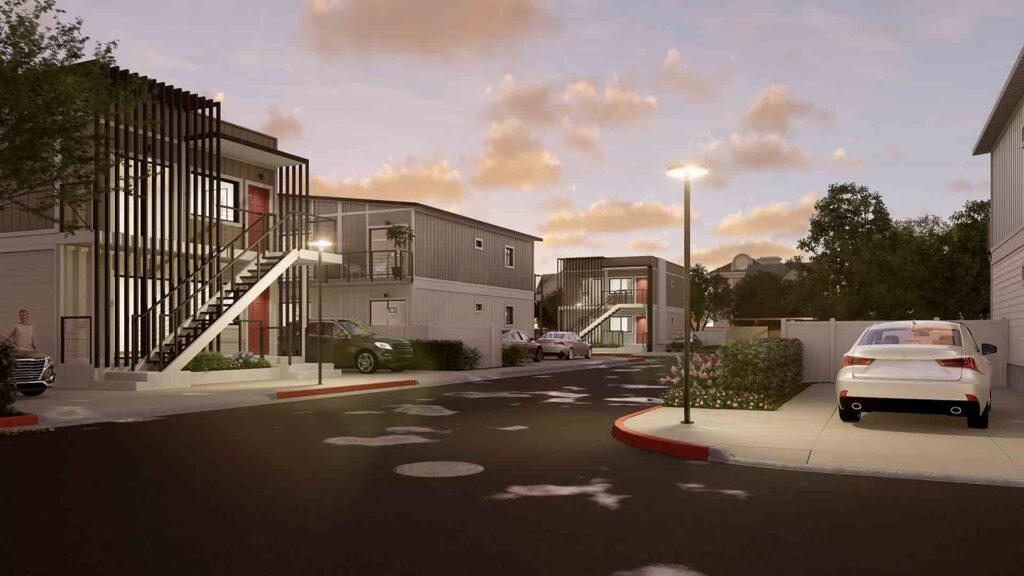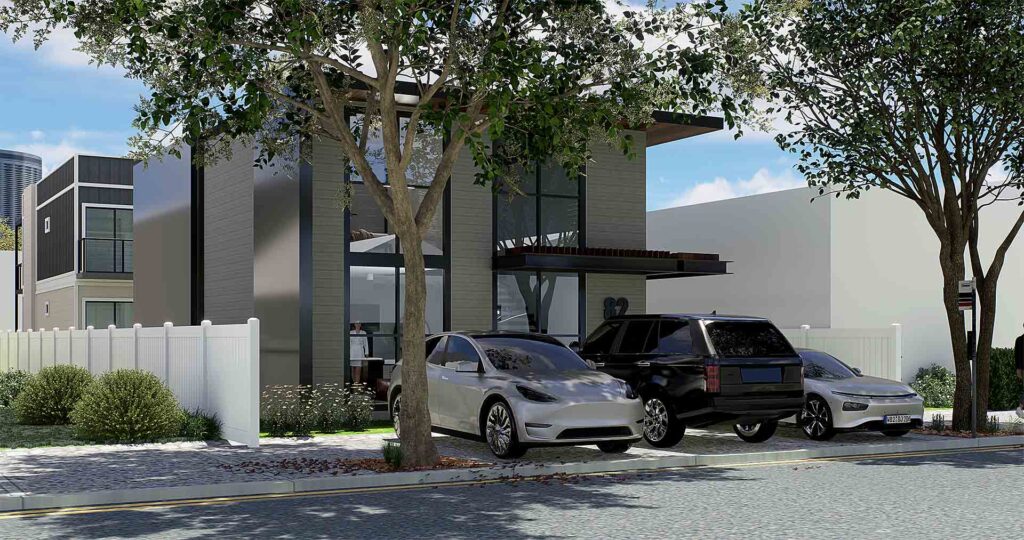The Dire Need for Affordable Housing
Across the globe, a pressing concern is emerging at the forefront of socio-economic discussions: affordable housing. With a predicted global shortage of nearly 3 billion housing units by 2030, the demand for housing is not only urgent but growing at an unprecedented rate. While cities expand and populations burgeon, the traditional construction industry struggles to keep pace, making affordable housing an increasingly distant dream for many.

Limitations of Traditional Construction
Traditional brick-and-mortar construction, though tried and true, comes with its set of challenges. Lengthy construction times, vulnerability to weather, and high costs often associated with extended labor hours and material wastage, all contribute to a growing inefficiency. Add to this the significant environmental footprint, with the building sector accounting for nearly 39% of energy-related CO2 emissions, and it’s evident that the conventional route is increasingly untenable, especially for affordable housing projects.
Time: The Silent Culprit
In a rapidly evolving economic landscape, time is synonymous with opportunity. Extended construction durations translate to longer waits for housing units to hit the market. For every month that a potential housing unit remains under construction, countless families remain without a home. In the realm of affordable housing, this delay exacerbates the crisis.

Modular Homes: Building Better, Building Faster with Modular Construction
When addressing the affordable housing deficit, modular homes present a compelling answer. By streamlining the construction process, homes are built off-site in controlled environments, leading to faster production times – often up to three times quicker than traditional methods. This means that for every home built traditionally in a year, modular methods can yield three, substantially reducing the housing gap.
Affordability Meets Quality
The speed of modular construction directly translates into cost savings, making it a linchpin in the affordable housing sector. Reduced labor costs, fewer material wastages, and the economies of scale all contribute to a cost-effective model, ensuring that modular homes don’t just meet the quantity demand but also cater to the quality and affordability standards expected in today’s market.

An Eco-friendly Solution to Housing
Beyond efficiency and affordability, modular homes stand out as a sustainable alternative to traditional construction. With precise planning and resource management, waste is significantly reduced. The minimized site disturbance coupled with energy-efficient building practices makes modular homes a green choice, addressing both the housing and environmental crises concurrently.
Shaping the Future of Affordable Housing with Modular Construction
Envision a world where land development and home construction occur concurrently. As urban plots are readied, modular homes are simultaneously crafted off-site. Once the site is prepped, these homes are rapidly installed, creating vibrant communities in record time.
Overcoming Challenges with Innovation in Affordable Housing
One of the pressing challenges of our time is the rapid urbanization of cities worldwide. As populations in urban areas swell, land becomes a premium commodity, its prices soaring to unprecedented heights. This spike in land costs often means that the focus shifts to high-end housing projects that yield higher profits, leaving the affordable housing segment neglected. Modular homes, with their cost-effective production, offer a viable solution, enabling developers to produce affordable housing units without compromising on their profit margins.
Adaptability and Customization in Modular Construction
A significant advantage of modular homes is their adaptability. Contrary to the common misconception that modular homes are ‘cookie-cutter’ or standardized, the truth is they can be as unique as any traditionally built home. This flexibility means that modular construction can cater to a diverse demographic, from single individuals to large families, ensuring that the affordable housing segment is as varied and inclusive as it should be. With the ability to customize designs based on regional and cultural preferences, modular homes not only address the housing shortage but also ensure that the homes created resonate with their inhabitants.
Building Trust and Awareness in Modular Solutions
For many, the concept of modular homes remains shrouded in myths and misconceptions. From doubts about durability to concerns about aesthetic appeal, modular homes have faced skepticism. Educating the public and real estate stakeholders is crucial. Real-world examples, success stories, and transparent insights into the construction process can help dispel myths. As more people understand the potential of modular construction, especially in delivering high-quality affordable housing, the industry is set to witness a paradigm shift. Companies at the forefront of this change, like Connest, play a pivotal role in not just providing housing solutions but reshaping perceptions about what modern, affordable housing can look like.
For real estate professionals and potential homeowners, the promise of modular homes is undeniable. Companies championing this approach, like Connest, aren’t just constructing homes; they are laying the blueprint for the future of affordable housing. The modular revolution is not a mere industry trend – it’s a transformative solution poised to redefine housing for generations to come.











